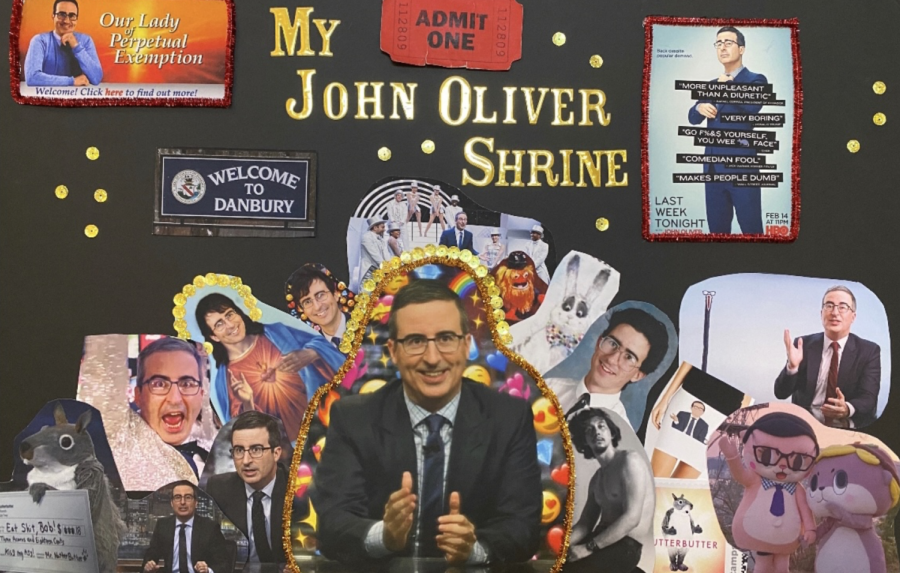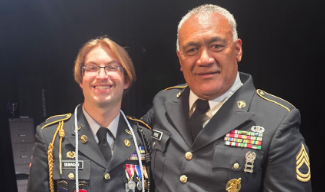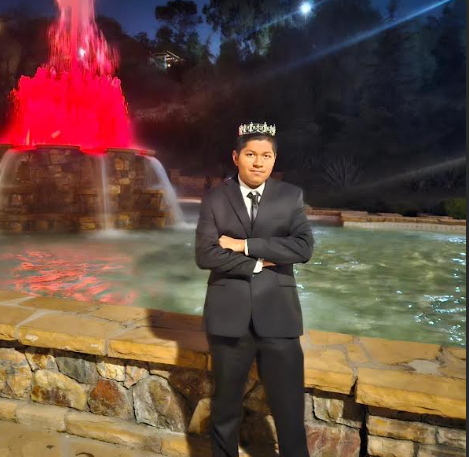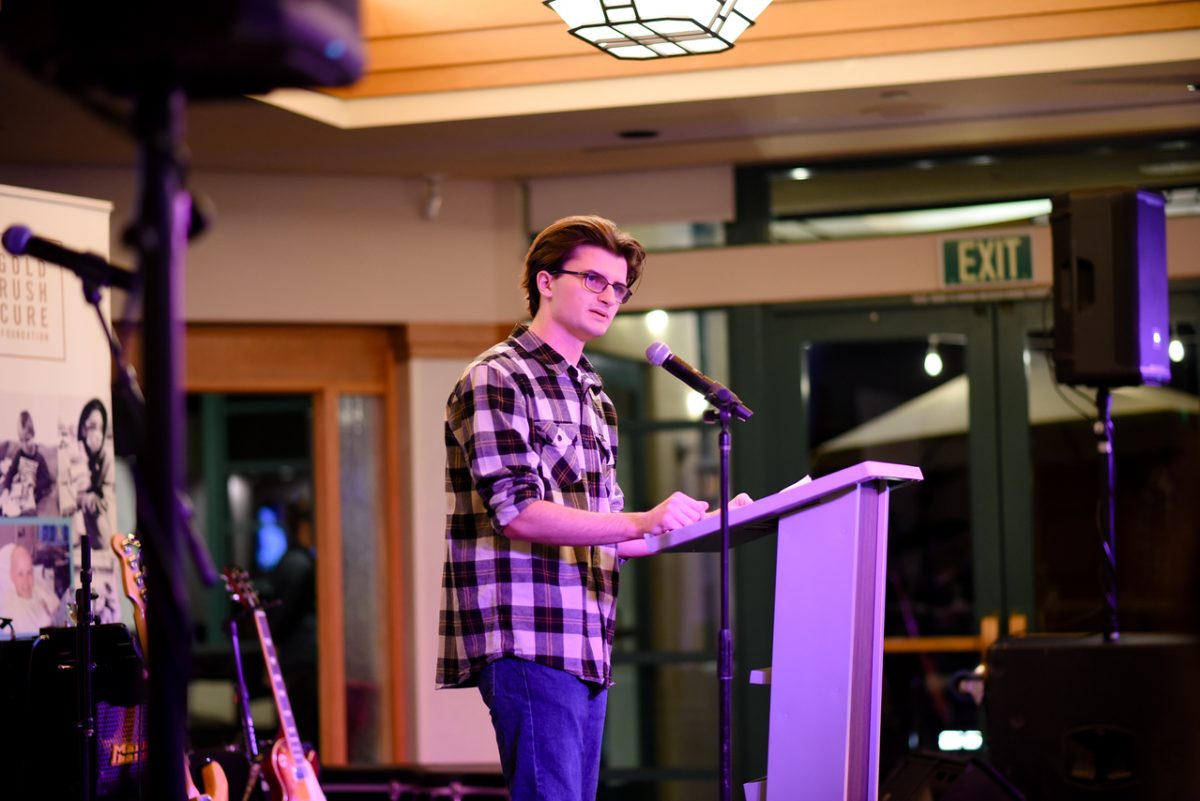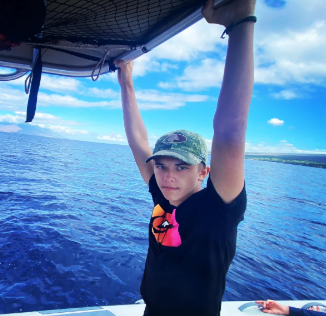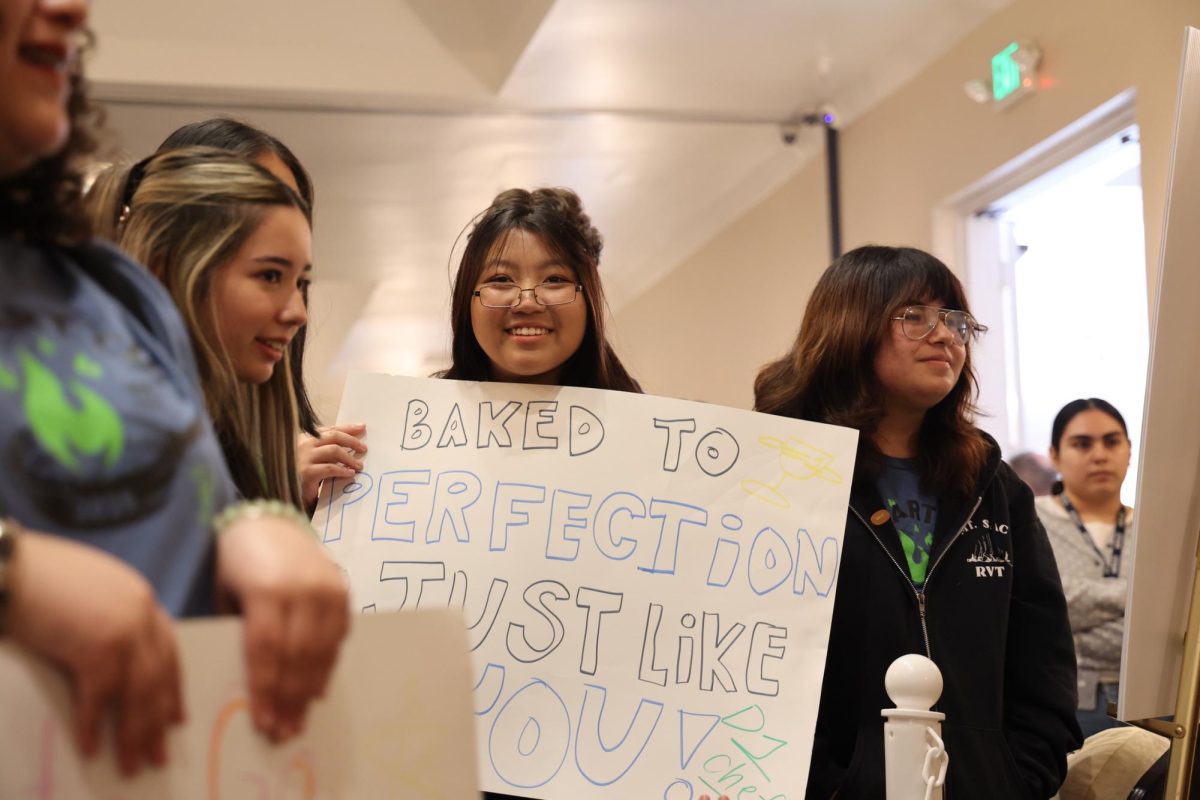Amelie Heying finishes her high school career with more A+ marks on her transcript than any other grade. She doesn’t have a 5.0 average, though, despite also being among the best writers, speakers, and thinkers in her honors classes, because Heying also took non-honors courses such as speech, choir, theater and dance.
“It doesn’t take you that long to realize [Heying] is definitely a top kid,” said history teacher David Shanebeck. “She’s loved across campus.”
However, success wasn’t easy for Amelie. She was hospitalized her freshman year for anxiety and depression, but as early as 4th grade she’d had mental health struggles and stress issues.
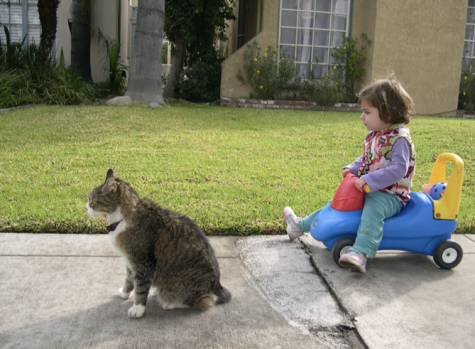
“My parents were already very concerned about me,” Heying said. “But as I got older, many of the symptoms got worse.”
Heying tried coping with stress her freshman year by immersing herself in academics.
“I just worked instead of making friends,” Heying said. “Instead of making time for social obligations, instead of making time for my family, I would just work. Only work could distract me from my anxiety and from my suicidal thoughts.”
This proved unhealthy. After a major anxiety attack, Heying’s family helped her get treatment, and she was admitted to the hospital.
That treatment made Heying realize how important speech and debate had become to her.
“Speech and debate was the best and the worst thing that ever happened to me. At first I focused on winning. It was almost an obsession. It stressed me out. It made me anxious,” Heying said. “However, that changed when I started therapy. I learned to love it. I focused on using my voice to help others rather than using it just to win.”
Heying chose to use her voice to speak for the voiceless, the unrepresented and the underrepresented. She’s spoken about mental health and the LGBTQ+ community, specifically bisexuality.
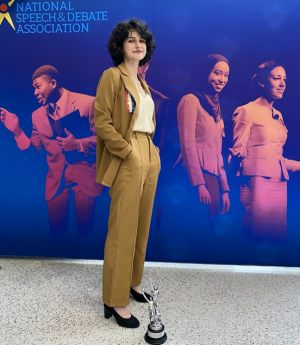
((Photo courtesy of Amelie Heying) )
At a speech and debate competition at Stanford University when she was a freshman, an eighth grader approached Heying in a stairwell after she’d delivered a speech about LGBTQ+ issues. Heying said that the eighth grader was inspired by her speech and felt safe enough with her to discuss their own queer identity.
Heying spent junior year delivering speeches about comedian John Oliver, former Daily Show correspondent and host of HBO’s Last Week Tonight with John Oliver. Heying researched, composed, and blocked the speech herself, turning what could’ve been a polite, boring homage into a provocative commentary on the function and reach of contemporary media.
Heying explains during her speech how “Oliver has created his own unique media called catalytic media” that “calls on the politically inspired, the newly informed, and the trolls of the internet to make real change.” In other words, Oliver knows how to motivate people to act, not just believe.
Senior Audrey Bae, who took speech and debate with Heying, recalls Amelie delivering her John Oliver speech. “A lot of what she talks about is not traditionally part of speech and debate,” Audrey said. “For [Heying] to get to the semifinals with a speech praising a political commentator is really interesting.”
Despite originally using academics as an escape, Heying grew to love learning, especially in Sharon Hollon’s IB Anthropology class.
“You’re looking at a different culture and you’re trying to understand that culture and its practices. We then ask ourselves, ‘What function does that practice serve?’” Heying said. “You have to think about things in new ways. You’re not allowed to only have your own perception. It definitely forces you out of your comfort zone and to learn new things.”
Heying will continue to learn those new things in the fall at Hamilton College in Clinton, New York, where she will study physics. Her goal is to have at least one project published in a major science or art journal by the time she graduates from college.

